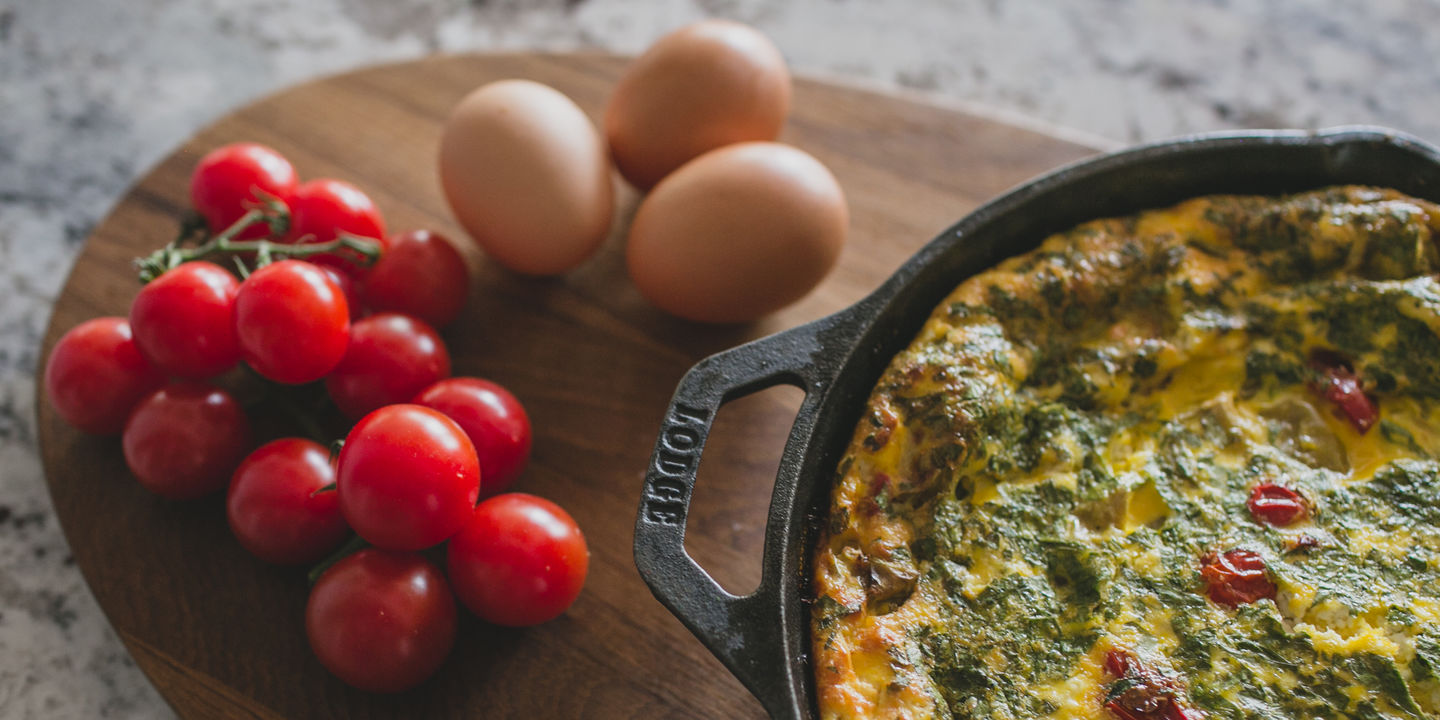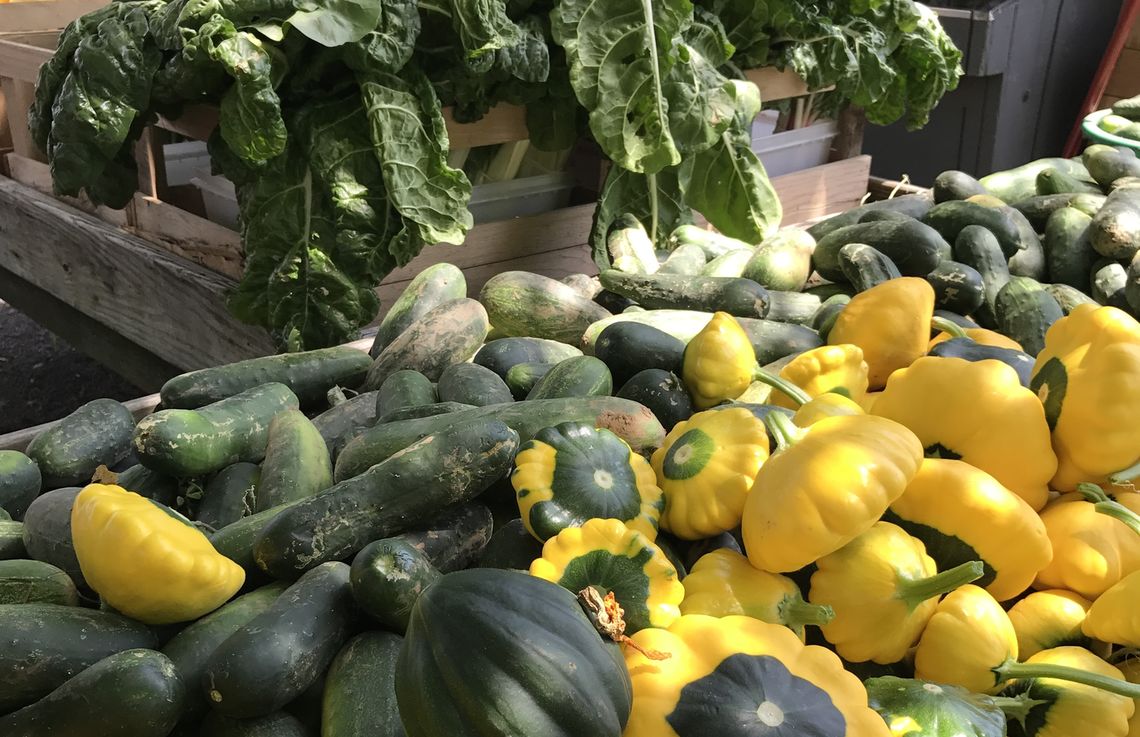4 Reasons Why Eating Local is Better
I’m sure that like me, you grew up hearing the adage “you are what you eat.” This never made much sense to me. I just couldn’t compute how exactly I was a hot dog simply because I ate one for lunch. I certainly didn’t feel like a hot dog! Things have changed as I’ve gotten older. No, I’ve still never felt like a hot dog, but there’s a new saying - the food hangover - that I certainly identify with.
The reality is that what and how we eat has a tremendous impact on our health and how we feel.
Quality, Local Food is Healthier
I can still hear my dad jokingly ask as we sat down to family dinners “Is it local? Organic? Sustainable? Cruelty-free?” Yep, these are trendy and often ambiguous terms. But some might actually be important. Though it’s hard for experts to measure, there is an increasing belief it’s not only the type of food but also the quality of that food that affects the body.
Because Philadelphia is not one giant farm, it’s hard for us to truly know the story behind what we eat. We’re left having to make the best choices that we can with limited control and knowledge. One of the simplest actions we can take to acquire foods with the highest nutritional value is to look to local farmers and producers. Though not scientifically proven, there’s a lot to suggest that locally grown produce is more nutritious than what we typically find in the grocery store. Here’s why:
Local, Natural Whole Foods are More Nutritious
- Small farms usually avoid pesticides or chemicals. It’s costly and complicated to become certified organic, so many forgo the title while still adhering to the principles. When you buy directly from the source, say at local markets, you have the opportunity to ask about their growing practices learning even more than what a label can tell you.
- Local produce is harvested at peak ripeness, which is also when it has the most nutrition. Vitamin and mineral content begins to diminish the moment a plant is picked. Many conventional farms harvest plants before they are mature so the food can endure long trips to grocery stores. These foods have not reached their nutritional potential and then continue to lose nutrition in transit.
- According to this study, fruits and vegetables grown in their natural season have far higher nutrient profiles than off-season produce. A study found that seasonally grown broccoli had DOUBLE the amount of vitamin C compared to that grown offseason.
- Because small farms forgo chemicals they use old school sustainable practices to refresh the soil. Nutrient-rich soil yields nutrient-rich plants.
Not convinced? Take a taste. You’ll see that local fresh food just tastes better. That’s reason enough for me!
If you are too busy to check out the farmers market or cook, allow Grateful Plate to craft and provide fully cooked meals with local produce through the meal delivery and catering services.
About Jenny
Jenny a Philadelphia-based Registered Dietitian who helps women, children, and their families understand how to eat to feel better. She believes that good health starts in the kitchen and that fostering a nourishing relationship with food leads to a happier, healthier, and more balanced life. Learn more about Jenny at https://www.nutritionwithjenny.com/.

